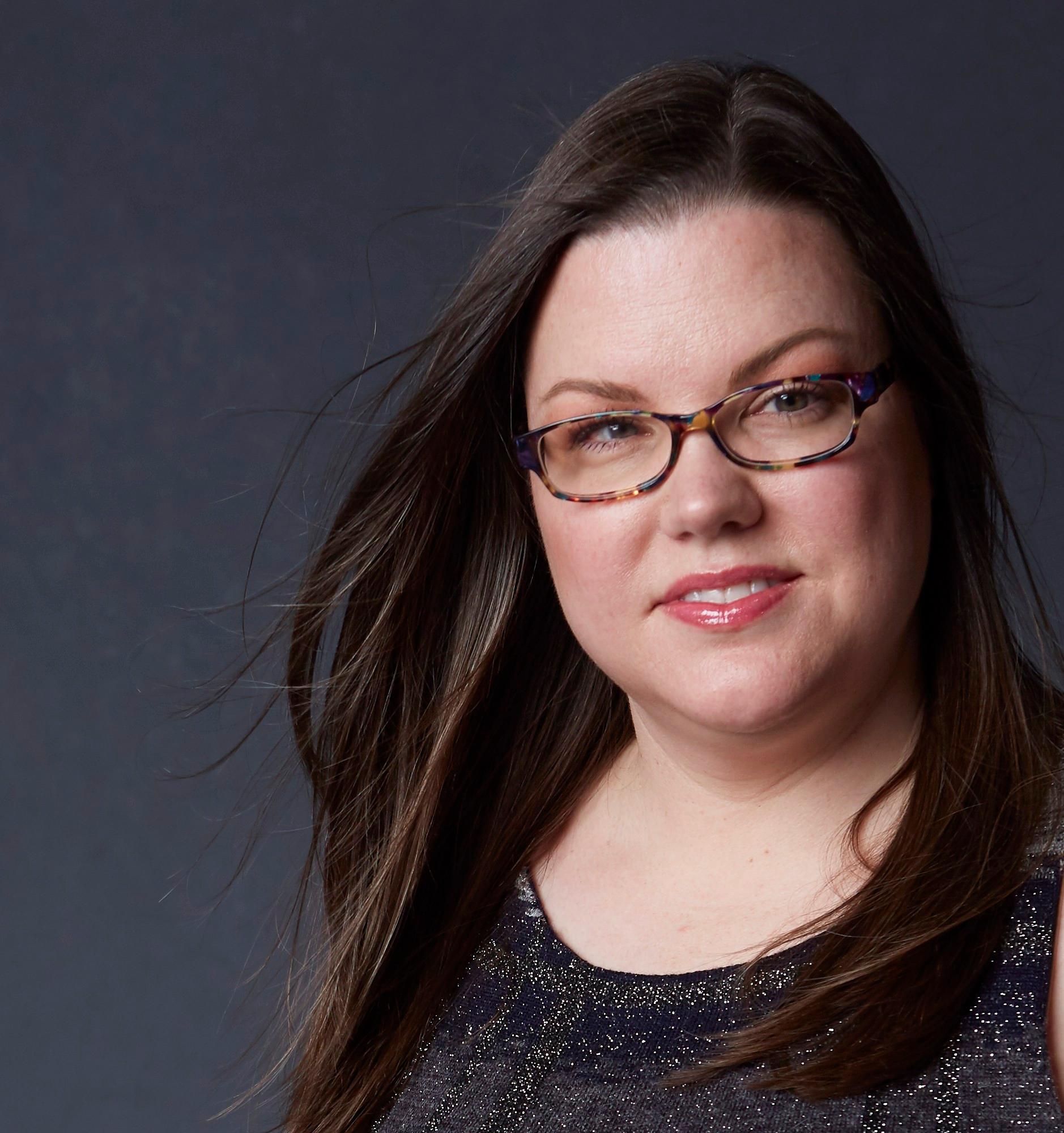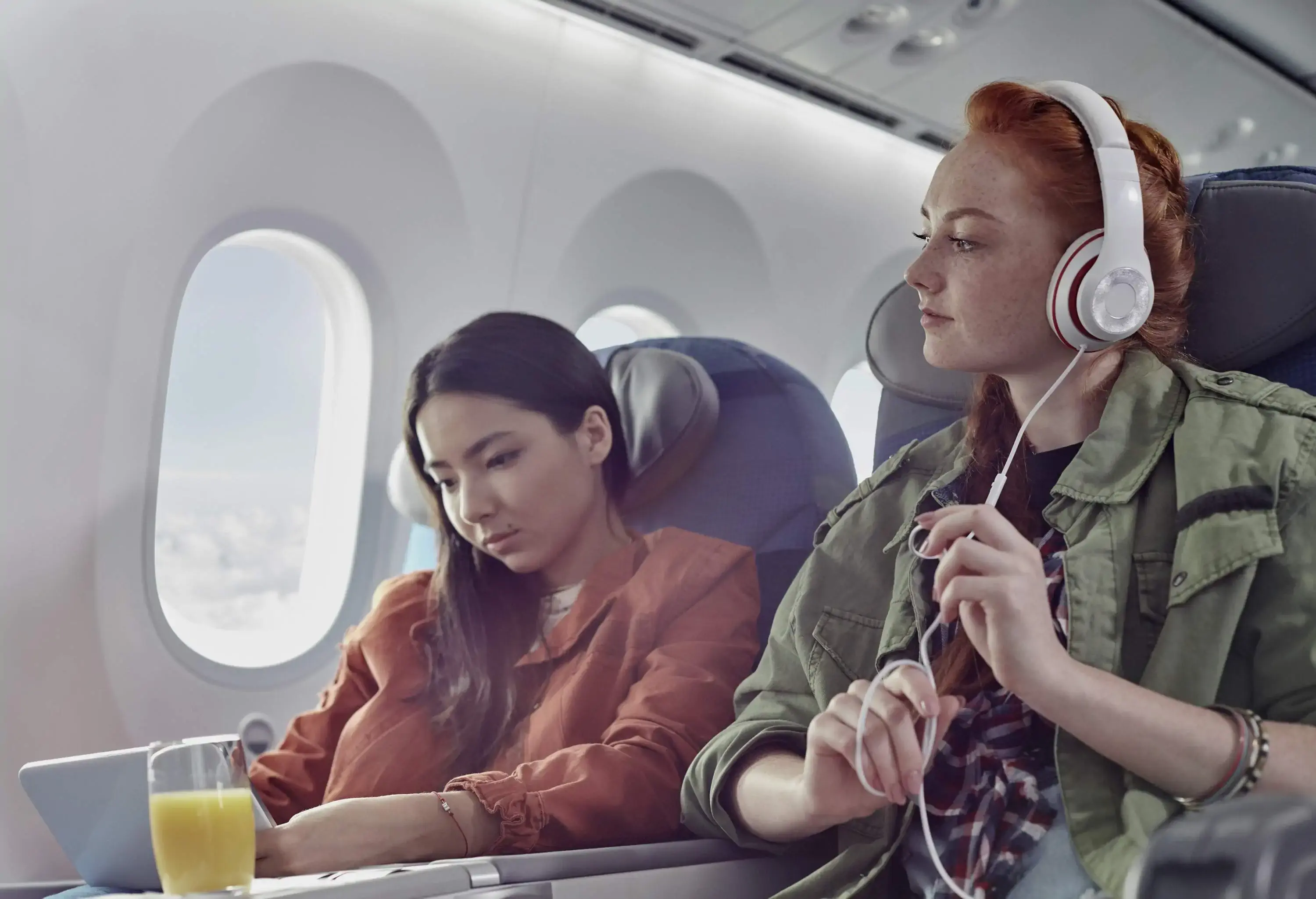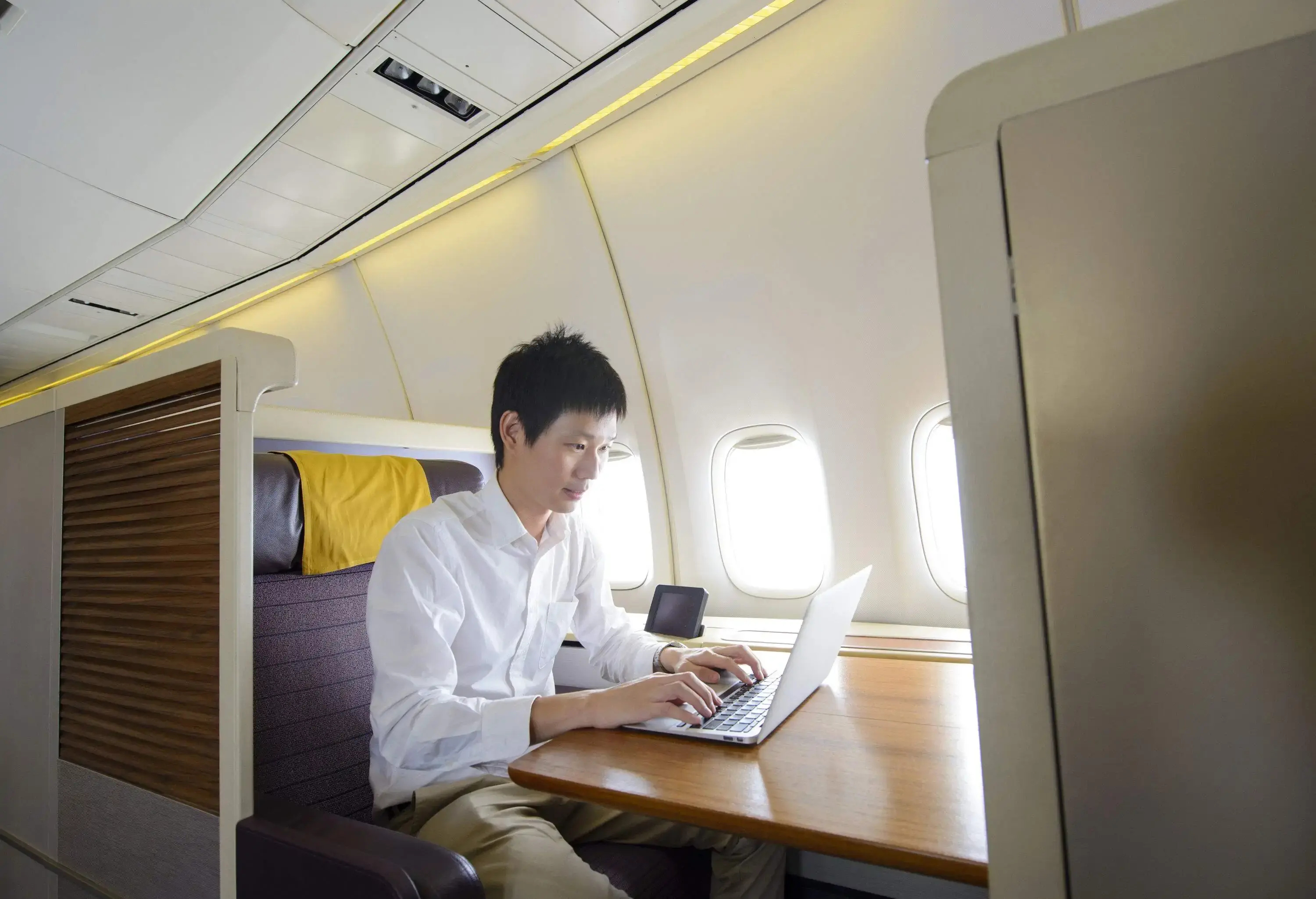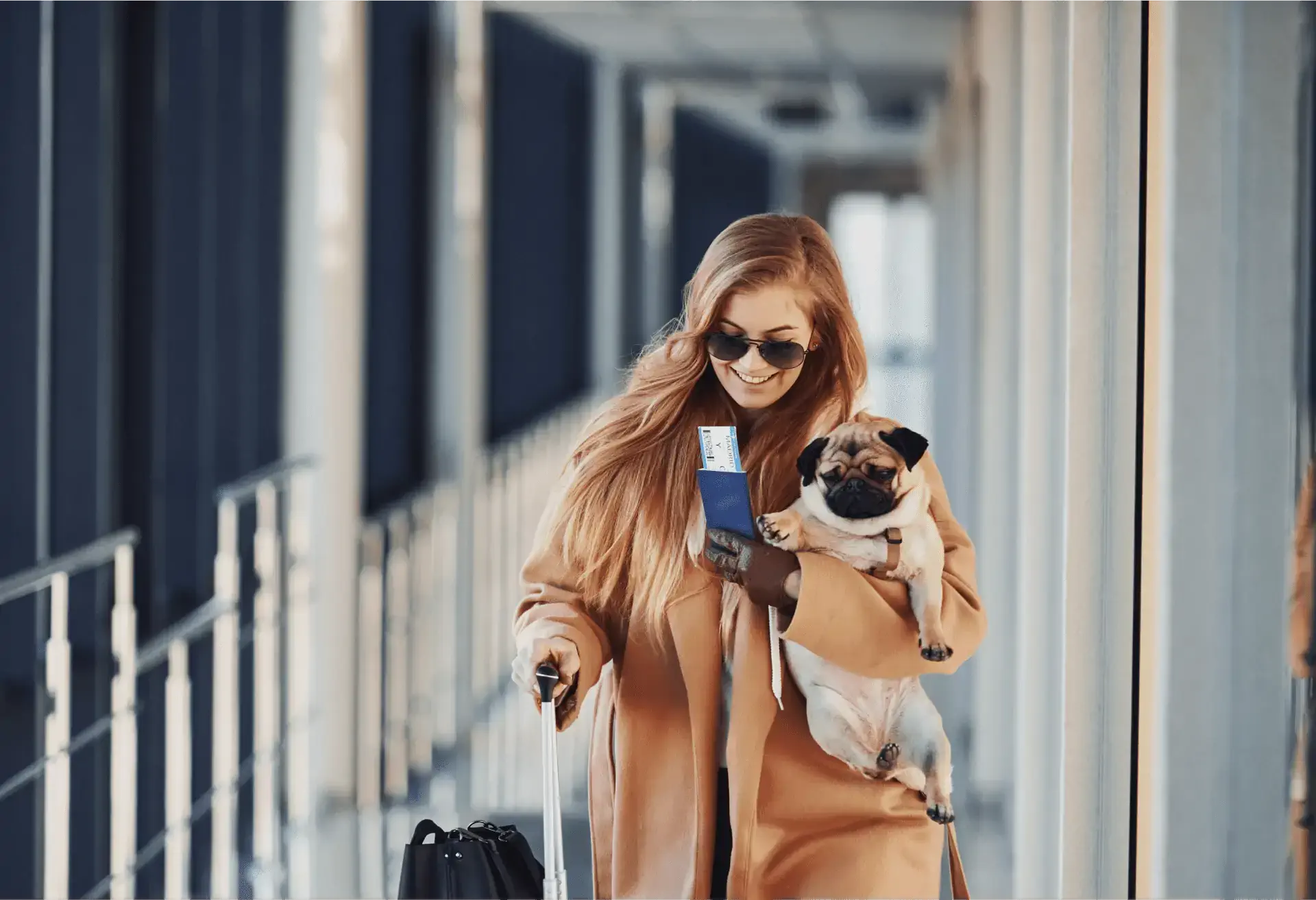Being a new mom comes with rewards and challenges, but it shouldn’t stop you from indulging your wanderlust. We know traveling with a new baby is tough enough, and adding breastfeeding to the mix can bring up additional concerns while on the road. Not to fear, we are here to help. Don’t let breastfeeding challenges impact your next adventure, whether it be a weekend trip or a globetrotting getaway.
With a little planning and these helpful tips, breastfeeding moms can conquer long layovers and hectic travel to worry less and enjoy seeing the world with a brand new travel companion by their side!
TIP: Pack the essentials
Whether you are breastfeeding or pumping, you will want to pack items to store and preserve breast milk. The essential packing list for traveling breastfeeding moms includes:
- Small, tightly-sealed containers to store milk. Pack more breast milk than you think you will need so you are prepared for unanticipated travel delays. Bring a spare empty container in case TSA agents request you transfer breast milk from one container to another during the screening process.
- Pen and sticky labels to label each container with the date of expression to keep track for freshness
- Breast pump (if you plan to pump); preferably a pump with a rechargeable battery.
- If you are traveling overseas, correct voltage and adapters for the breast pump not only for your destination city, but for the countries you are passing through.
- If you are traveling to more remote areas, bring a manual hand pump as a backup.
- Insulated cooler with ice packs to keep breast milk cool.
- A small blanket or shawl for discreet nursing or a sling or infant carrier to allow for unrestricted nursing, which helps maintain an abundant milk supply and helps ease the burden of carrying your child for long periods of time.
- Clothing with easy access like two piece outfits or tops that unbutton. Pack an extra outfit for you and your baby for the flight in case of leaks or your baby spits up.
- Bottled water to clean the breast pump or disposable sanitation wipes when water is unavailable.
- Antifungal cream to treat breast infections like thrush.
TIP: Be prepared for airport security
How much breast milk will the U.S. Transportation Security Administration and other countries allow on the plane? TSA recommends packing only what you need to get to your destination. The U.S. Transportation Security Administration guidelines allow formula, breast milk and juice for infants and toddlers to be brought on the plane. Those traveling with these items should separate breast milk, formula and juice from other liquids and gels. Let the TSA agents know you have these items and that you wish to bring them on the plane before the screening process starts. Breast milk is typically subject to x-ray inspection unless you request alternative testing. Breast pumps are considered personal items and can be carried on the plane. Because luggage can be lost and flights delayed, you should not check your breast pump. Some countries may not let you bring breast milk into the country, so research the local laws and be prepared to discard any unused milk.
TIP: Be savvy about seating
Opt for the window seat, which provides a little extra room for nursing and slightly more privacy. If you can, ask the airline attendants if you can sit in an empty row or toward the back of the plane so you can nurse more privately. Some women who need to pump in-flight might find the restroom to be an option if open rows are unavailable. You can always ask your flight attendant to suggest the best location to pump.
TIP: Be strategic
When traveling with your baby on board, dress for easy access. Consider putting your baby in a sling to free up your hands for your carry-on or to hold the hands of your other children. When traveling with your baby, ease the change in cabin pressure by nursing during takeoff and landing.
TIP: Stick to a schedule
To ensure a good milk supply, stick to your schedule. This might not always be easy when crossing time zones and navigating travel delays. Set an alarm on your phone or download a breastfeeding reminder app to keep your pumping on track. Be sure to stay well hydrated too, particularly between feedings. Nursing can be dehydrating. Add in flying and summer heat, and it can be even more dehydrating for nursing moms.
TIP: Don’t use the water
If you are pumping breast milk, don’t wash your pump with water from a public restroom or water fountain. Instead, buy bottled water after you pass through airport security or ask a flight attendant for a bottle on the plane. If you are traveling to an area where there isn’t potable water, use disposable wipes to clean your equipment.
TIP: Check for Freshness
Keeping breast milk cool and fresh while on the go can be a challenge for moms who pump. Remember these guidelines from the Centers for Disease Control and Prevention to ensure your baby is fed the freshest and best quality milk:
- Unrefrigerated breast milk is fresh for six to eight hours at room temperature. Make sure the container is covered; adding a cool towel to cover the container may keep the milk cooler.
- Milk that is kept in an insulated bag with ice packs is good for 24 hours.
- Refrigerated milk stays fresh for five days. Place milk in the back of the refrigerator.
- Frozen milk that is thawed during travel should be consumed within an hour of fully thawing. Do not refreeze thawed breast milk.
- Frozen breast milk can last from two weeks to 12 months, depending on the type of freezer.
TIP: Don’t apologize
Feeding your baby is a right. While some might feel awkward at the sight of a mother breastfeeding in public, breastfeeding moms should not feel compelled to apologize or be embarrassed. If you’re unsure of what to do or if you feel uncomfortable nursing in public, ask airport staff for help in finding a private or semi-private spot.
To ease the transition from nursing in private to nursing in crowded public spaces, begin at home. Cover your chest with a blanket or shawl and nurse in the presence of family or close friends. Gradually add in breastfeeding at places outside the home like a friend’s home or lactation station before venturing out to larger spaces like parks and malls.
TIP: Get help
Consider joining a breastfeeding support group like La Leche League, an international nonprofit organization that provides education, information, support and encouragement to breastfeeding women, where you can connect with other nursing mothers for advice and tips before and during your trip. For mothers who are planning a long trip or traveling to off-the-beaten path locales, consider contacting the family pediatrician or reaching out to breastfeeding experts at the International Lactation Consultants Association.
TIP: Brush up on local breastfeeding laws in your destination
Each U.S. state has different laws regarding where women can breastfeed, including in public. Breastfeeding Law is a comprehensive website that lists breastfeeding laws by state.
If you’re traveling by plane, each airline sets its only policy, so it’s best to check with the airline before liftoff. Many airports now offer nursing or family rooms as an alternative to breastfeeding or pumping inflight. Check the airport’s website for details.
If you’re traveling by car, look up rest stops in advance to see which ones have family restrooms or lactation stations.
The laws and social acceptance of breastfeeding vary by country. It’s best to research the local etiquette through guidebooks or breastfeeding experts like La Leche League and the International Lactation Consultants Association.
TIP: Have a sense of humor
Breastfeeding while traveling is a challenge and can bring even the most diligent, organized mom to the brink of quitting. But any hiccups along the way should be brushed off as anecdotes similar to the frustrations of experiencing the nightmare of lost luggage, enduring the zany antics of fellow travelers you encounter or having your words get lost in translation.
Main Image: Chris Alban Hansen, Breastfeeding in public #FreeTheNipple via Flickr CC BY-SA 2.0





